One of the many commemorations taking place this year, the Battle of Waterloo was every bit as important as the battles of the First World War a century later. The final battle that saw an end to Napoleons dreams of conquering Europe, was located in what is now Belgium, about 15 kilometres (9.3 mi) south of Brussels. A close fought battle, the end result was the restoration of King Louis XVIII to the French throne after Napoleon had surrendered to Captain Maitland of HMS Bellerophon, part of the British blockade, and was exiled to Saint Helena where he died in 1821.
Fought on Sunday, 18 June 1815, we’re just four weeks away from the bicentennial date and the Royal Mint have released precious metal versions of the £5 coin design first shown last year in brilliant uncirculated form. Available in near-40g of 22kt gold, and in sterling silver at 1 oz, or in double-thickness 2 oz piedfort form, the design is based around the meeting between the Duke of Wellington and the leader of the allied Prussian forces, Prince Blücher, after the battle.
Inscribed on the edge with the words of Wellington describing the battle, “THE NEAREST RUN THING YOU EVER SAW”, David Lawrence has produced a fine piece, although a more dynamic choice of subject would perhaps have appealed a bit more, especially given the wealth of powerful imagery associated with the battle. We do have to bear in mind the limitations of a coins diameter however, and the design chosen works well at this size. Available to order now.
It’s nice to actually see a Waterloo coin released after the almost comical series of events which saw the office of President Hollande in France apparently piling pressure on the committee tasked with Euro coin design approval. They tried to prevent a new Belgian coin from being issued because it featured Waterloo, and that constituted a “negative symbol” for some Europeans (mainly the French we’d imagine). Belgium had already struck 175,000 of the bimetallic €2 coin that were then destroyed when France got its way. Possibly one of the most pathetic events in recent French bureaucracy, that’s saying something given the competition. Belgium has the last laugh; it’s being issued as a commemorative. The Pobjoy Mint has also recently released an ultra high relief Napoleon coin.
MINTS DESCRIPTION
The Royal Mint is to commemorate one of the most decisive battles in history with precious metal editions of The 200th Anniversary of the Battle of Waterloo 2015 UK £5 coin in Silver Proof, Silver Proof Piedfort, and Gold Proof finishes. Two centuries on and the Battle of Waterloo still captivates, not only because of its great historical importance, but also because of the bold tactics employed by Wellington and Napoleon during the battle.
This commemorative coin features a design by artist and sculptor David Lawrence, recording a ‘moment of accord’ between Wellington and Blücher, leader of the allied Prussian army, inspired by the painting by Daniel Maclise – ‘The Meeting of Wellington and Blücher after the Battle of Waterloo’.
While the culmination of the Battle of Waterloo didn’t bring peace for ever, it did set a significant precedent. Battle awards had previously only usually been given to military leaders, but after Waterloo, all men who fought left alive received the Waterloo Campaign Medal produced by The Royal Mint, overseen by Master of the Mint William Wellesley-Pole, brother of the Duke of Wellington.
Bearing the fifth portrait of Her Majesty The Queen by Jody Clark on the obverse, each coin is accompanied by a numbered Certificate of Authenticity and an absorbing booklet that reveals details of the battle, the characters involved and the lesser-known implications for The Royal Mint and the world we live in today.
DAVID LAWRENCE
Sculptor, designer, artist and illustrator David Lawrence has, since graduating with a degree in Scientific Illustration, created a broad portfolio of work in varied media. This is his second coin design for The Royal Mint. His first was selected to feature in the a six-coin set, the first in a five-year programme of commemoration that will tell the story of the First World War from Outbreak to Armistice.
For this reverse design commemorating the Battle of Waterloo, David took inspiration from existing artwork on the battle, adapting a painting by Daniel Maclise: The Meeting of Wellington and Blücher after the Battle of Waterloo was painted in 1861, a commission for the new Palace of Westminster that still hangs in the House of Lords today. The design depicts Wellington and Blücher’s moment of accord, recognising the united efforts of their Allied force that overcame Napoleon.


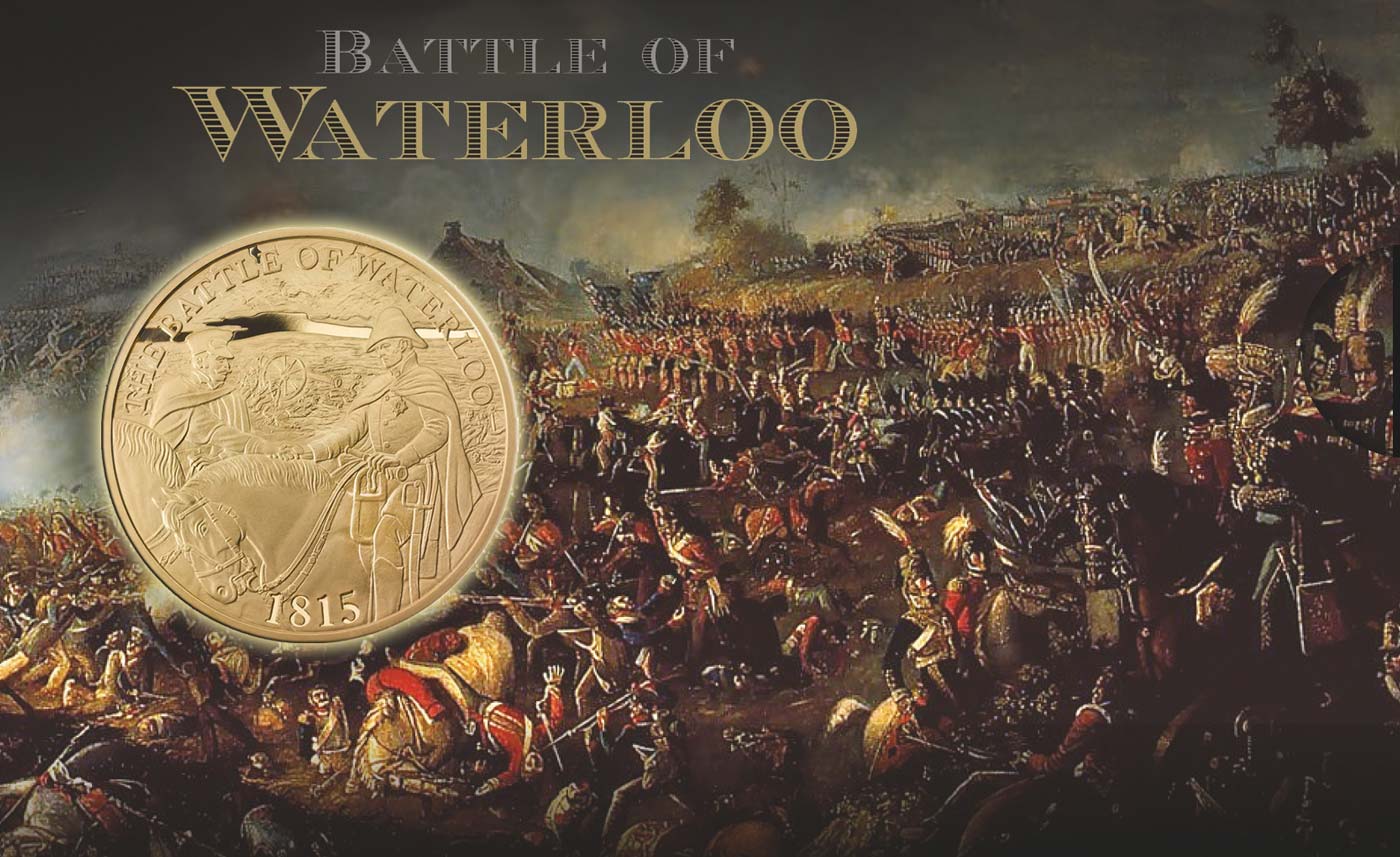
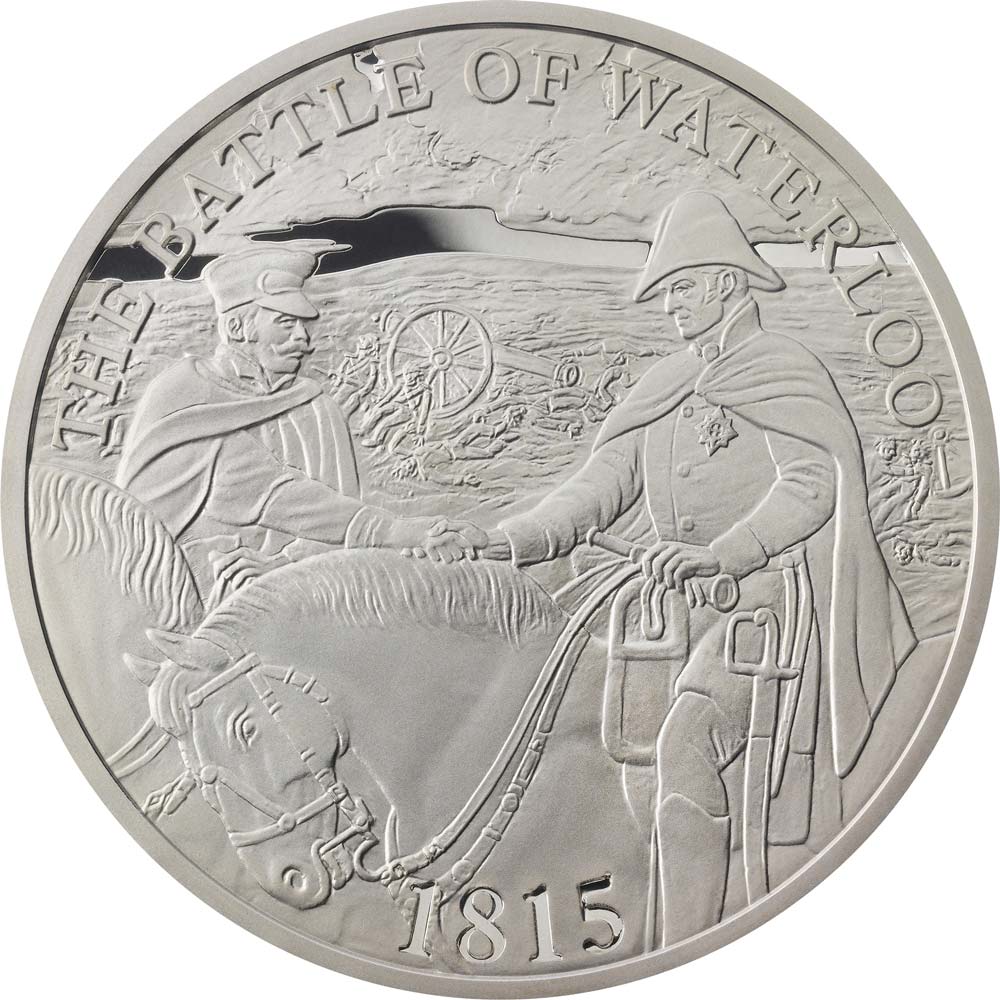
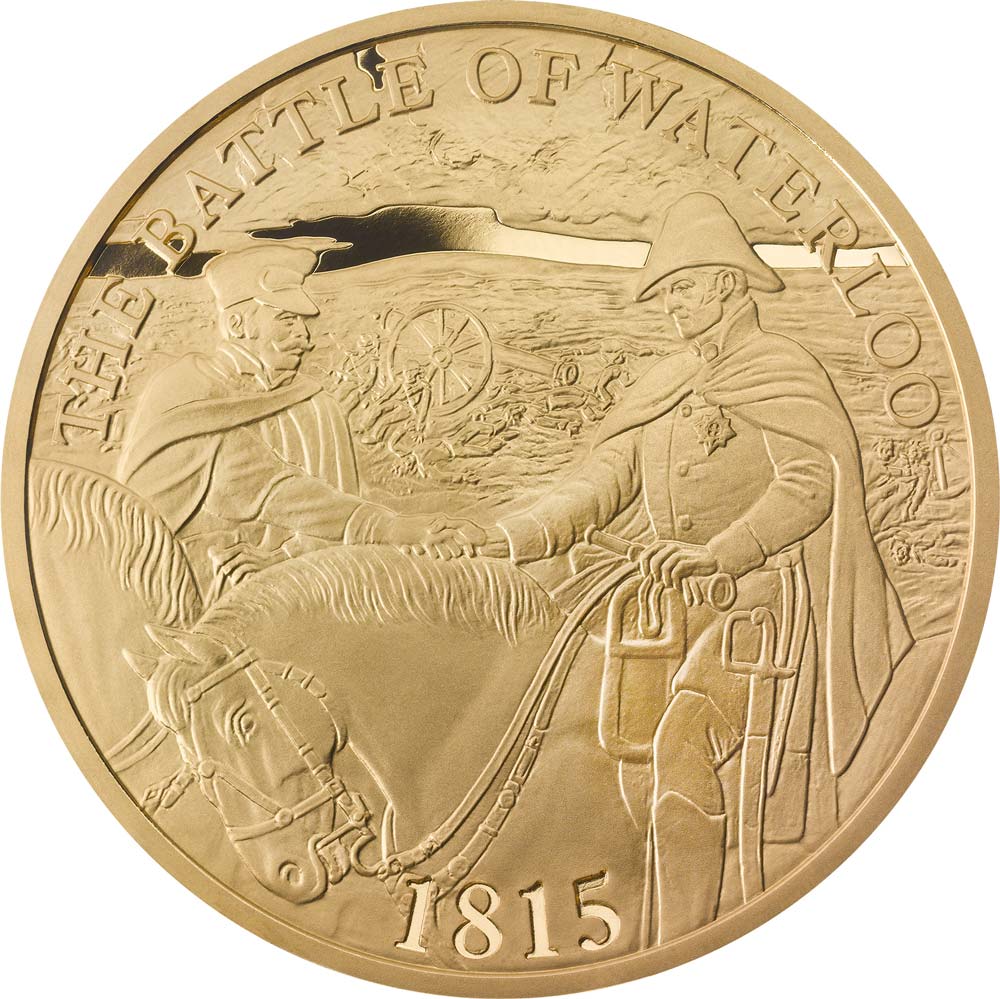
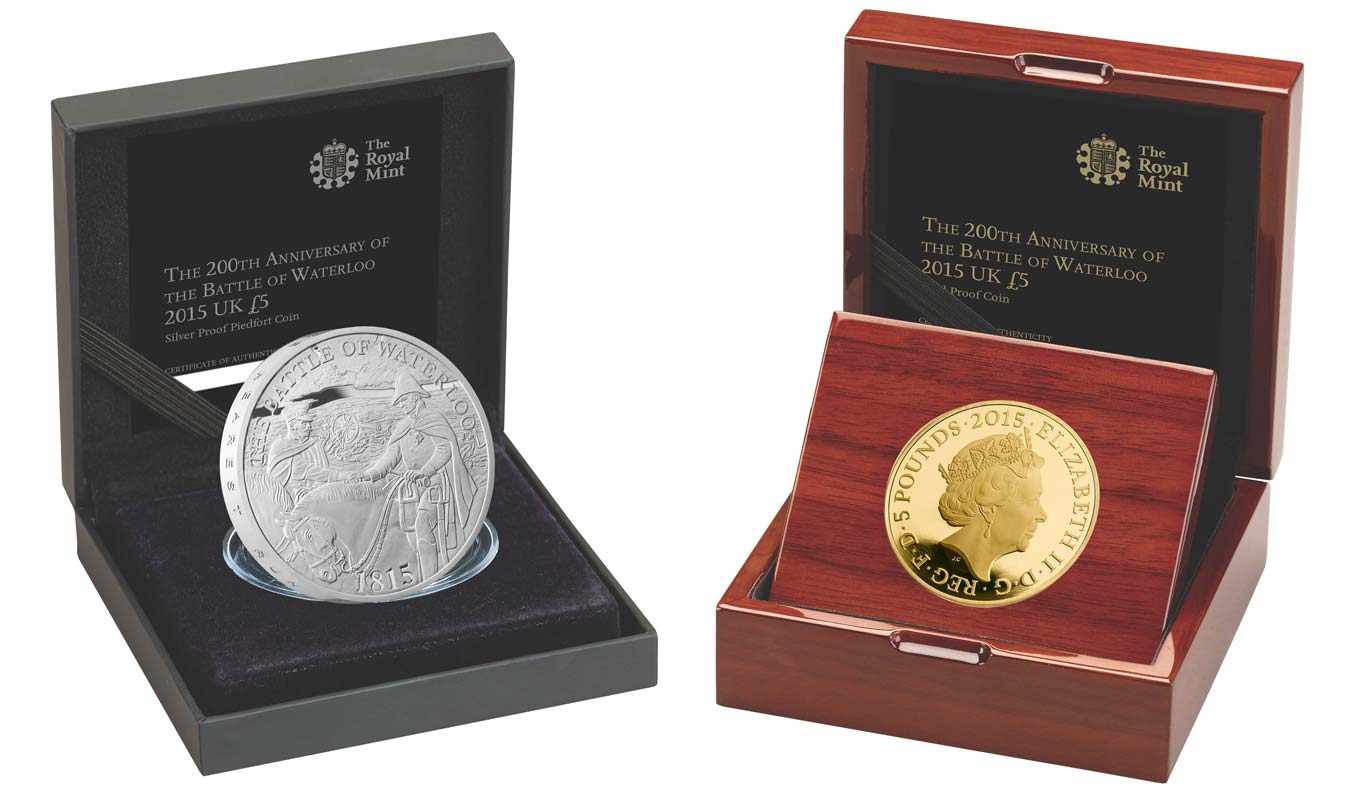
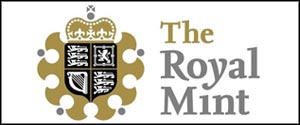




Leave A Comment